U.S. Drought Recap, August 6-10
Government reports show the U.S. is still hot and dry.
Rain
Nearly a quarter of the land in the Lower 48 states is in an “extreme” or “exceptional” drought—the two most severe categories—according to the August 7 update to the U.S. Drought Monitor, a weekly collaboration between federal, state and academic scientists.
Last year at this time, some 18 percent of the Lower 48 states earned “extreme” or “exceptional” status. Now, that figure is 24 percent, up 2 percent from July 31.
Heat
Misery loves company, and the absence of rain has been paired with ground-cracking heat. On Thursday, the National Oceanic and Atmospheric reported that the average temperature for the Lower 48 states in July was 77.3 degrees Fahrenheit, 3.3 degrees warmer than the 20th-century average. It was also the hottest month on record, breaking the standard set in July 1936 during the Dust Bowl drought.
Food
Today, the U.S. Department of Agriculture forecast that U.S. corn production would fall 13 percent compared to 2011. Corn yields are forecast to be the lowest since 1995. Earlier this year, a record harvest was expected. Circle of Blue’s infographic takes a look at corn and drought.
Even if rains arrive soon, the damage to the corn crop is already done. Brad Rippey, a USDA meteorologist, wrote in a blog post that corn matured at a record-setting pace this year, so late-season rain “will do little to improve prospects.” Soybeans, however, could still benefit, he wrote. The USDA forecasts soybean production to fall 12 percent from 2011 levels.
Water
In some areas, there just isn’t any water in the creeks and streams. See, for example, the Arkansas River in western Kansas. Thus, several states that use a water appropriation system have ordered junior rights holders to stop pumping.
In Kansas, 541 permits in 17 river basins have been cut off, in order to protect scant streamflows. In Nebraska, restrictions have affected some 1,300 surface-rights holders.
Groundwater, too, is being sucked up at a faster rate. Wayne Bossert, the manager of Northwest Kansas Groundwater Management District No. 4 told Circle of Blue that the monitoring well in the district hit its lowest level since it was installed in June 2008.
Brett Walton
Circle of Blue reporter
Brett writes about agriculture, energy, infrastructure, and the politics and economics of water in the United States. He also writes the Federal Water Tap, Circle of Blue’s weekly digest of U.S. government water news. He is the winner of two Society of Environmental Journalists reporting awards, one of the top honors in American environmental journalism: first place for explanatory reporting for a series on septic system pollution in the United States(2016) and third place for beat reporting in a small market (2014). He received the Sierra Club’s Distinguished Service Award in 2018. Brett lives in Seattle, where he hikes the mountains and bakes pies. Contact Brett Walton


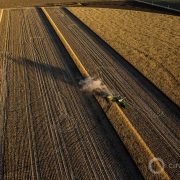
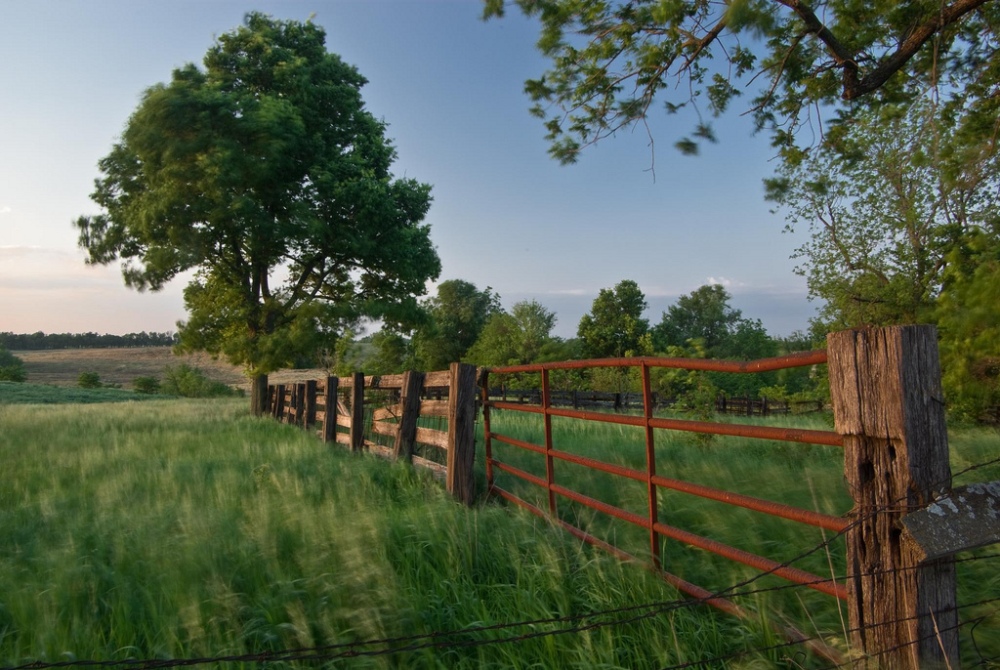
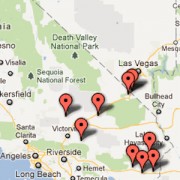

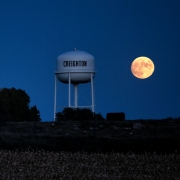


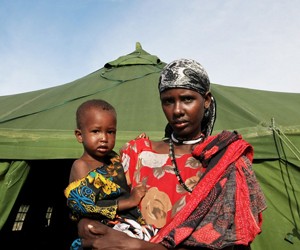
Leave a Reply
Want to join the discussion?Feel free to contribute!